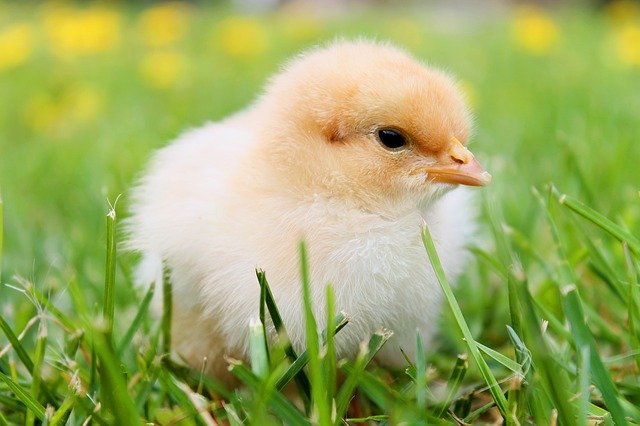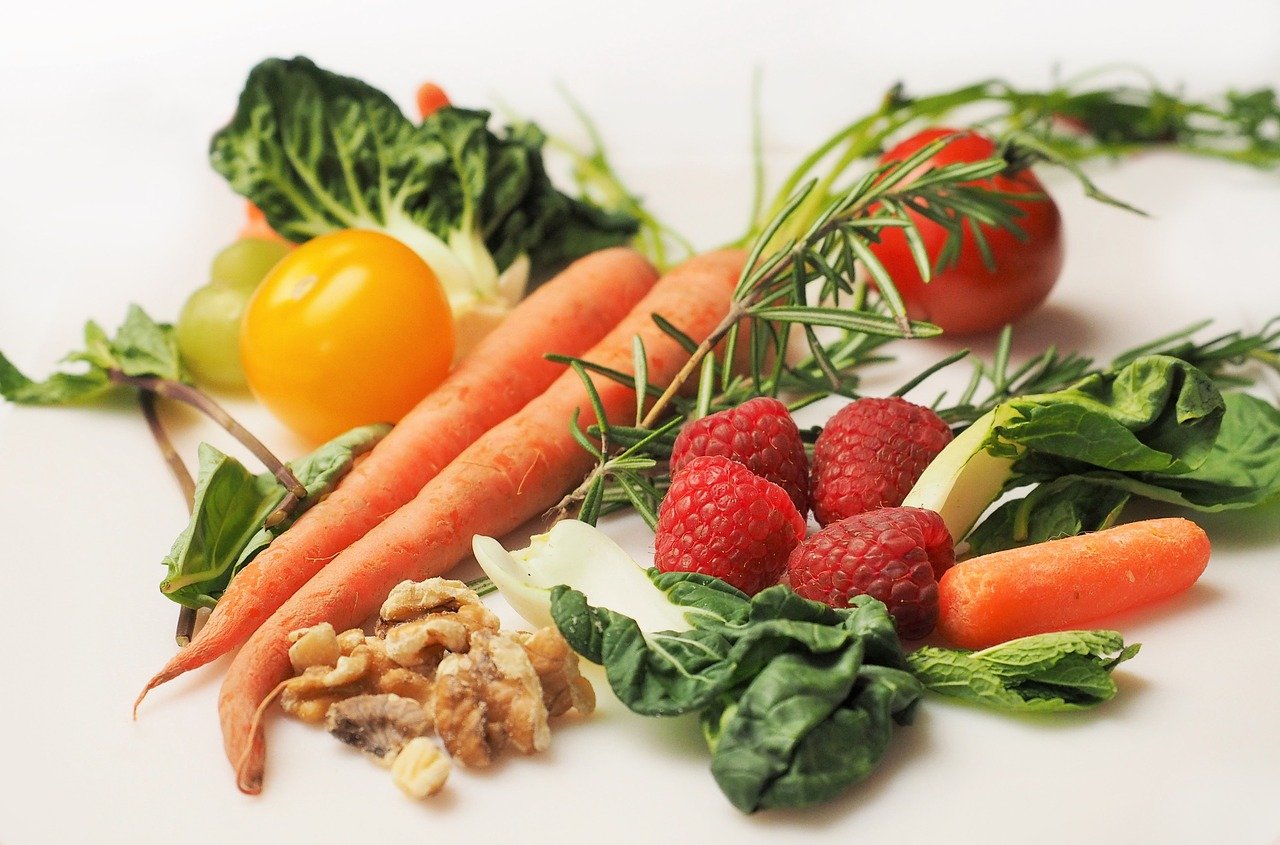
I’ll let you guys in on a little something that few people know. Your very own @getonthetrain grew up on a family farm and when he wasn’t doing (lots of!) chores or at school, he was working in the local supermarket. Plus I may have learned many more things since then, but I would have to ask my wife first before I can give you a definite answer. Anyways, here are a few tips to get the most out of your food and possibly save you some moolah!
FOOD EXPIRATION DATES

These printed codes are more like guidelines. In today’s litigious society, food manufacturers are always playing on the safest side for their own protection. Properly stored cheese and yogurt can easily last for weeks or more beyond their ‘sell by’ date, for example.
And those ‘best by’ or ‘use by’ dates? Just best guesses by the manufacturer. Use your eyes and your nose, if it looks or smells bad – then toss it. Otherwise dig in!
Other items that last long past their expiration dates if kept properly stored?
Dry Foodstuff (Pasta, Rice, Oats, Beans) – Stored properly it will last years beyond the expiration.
Bread – Check it for mold, you can slice any off and eat the rest. Turn stale bread into croutons.
Chips – Like cereals they might get stale.
Chocolate – If for some reason you have chocolate that you didn’t immediately scarf down, if stored properly (refrigerator or cool place) feel free to give it a taste.
Condiments – If open, give a sniff or taste a tiny amount – if sealed they will last months beyond the date.
Canned Goods - If it isn't rusty or bulging outward, it is probably still good - have a look.
Frozen Food – The freezer will make anything last long past its expiration date.
BROWNING PRODUCE MAKING YOU SAD?
AVOCADO
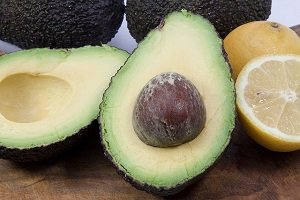
Are you like me and usually only need about half an avocado at a time? Here’s a tip. After slicing the avocado spread a thin layer of olive oil over the cut part you want to save for later. This seals it from the air so it won’t turn brown and icky as fast. It also makes it taste pretty darn good as the two flavors work well together. Delicious!
APPLE & PEAR
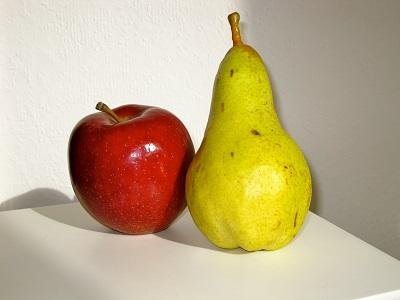
Want to save some of that apple or pear for later, or want to bring pre-cut slices to an event? Here is how you stop them from turning brown. Soak those fruit slices in a solution of 1/8 teaspoon of salt per cup of water for 10 minutes. You can then take them out and put them in a baggie or your plastic container. When you want to eat them, rinse well with water. That will remove the salty taste. This method will halt the browning process by 4-6 hours.
If you have lemon juice you can soak them in 1 tablespoon per cup of water. The citric acid will prevent browning. No need to wash off unless you don’t like the lemony taste. This will stop the fruit from browning for 8 hours.
If you have honey, mix in 2 tablespoons per cup of water and let the slices soak. There is a peptide in honey that will stop the oxidation process. This will keep the apple or pear slices fresh for up to 24 hours!
For added appeal when you get to your event, sprinkle cinnamon on top. Not only does it make them seem fancy, it enhances the flavor.
POTATO

You could also use any of the methods I listed for apples and pears if you wanted to take them somewhere. But please don’t sprinkle cinnamon on them.
.
REFRIGERATE OR NOT
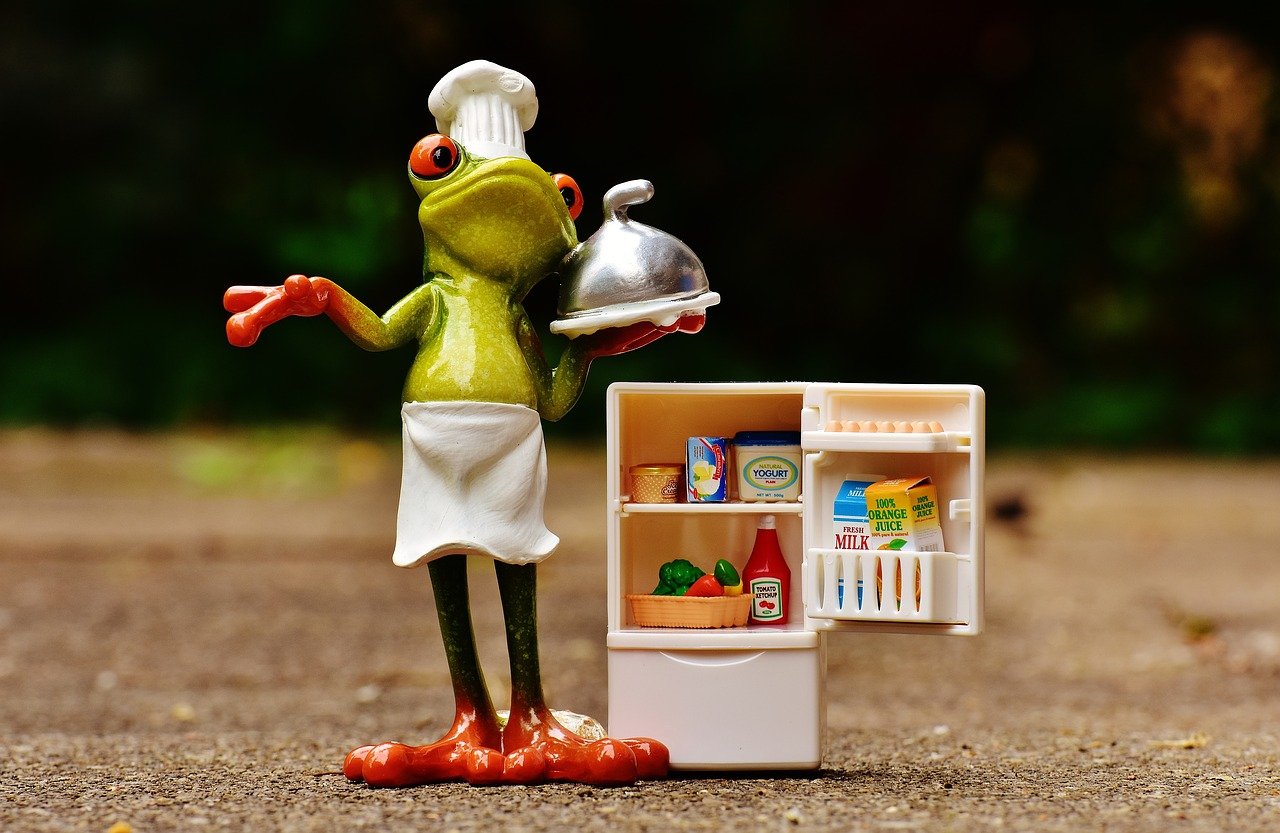
Ahh, the age old question. Which fruits or veggies do you put in the fridge and which are perfectly fine out? It has probably led to some arguments over the years. Here is what I say.
The simplest answer I can give you is the same place you bought them from at the supermarket!
Do not store veggies and fruits together. Fruits will emit ethylene and spoil the surrounding vegetables. Tightly packed produce will spoil faster because of the increased ethylene, (more produce emitting it and less space) so avoid that by giving them some room.
Always store produce DRY! Water will only help it mold & rot.
Try to keep these out of the fridge: Bananas, tomatoes, and potatoes.
Long term storage of lemons or limes: If you need your lemons or limes to last for up to a month, then store them in a squeezed and sealed plastic bag in the fridge. Otherwise expect at least a week of freshness whether or not you keep them inside or out of the fridge.
Keep this produce in the fridge: Grapes, berries, other citrus, and bell peppers.
For longer life, this produce likes to be stored in a cool, dry, dark place: Onions, garlic, winter squash, tomatoes, and potatoes.
Berries: DO NOT rinse if you are storing them awhile. They are difficult to dry because of all the small nooks & crannys, and the water will speed the growth of mold. Rinse just before eating.

Tomatoes: These guys can be tricky, but outside of the refrigerator is best. If cut though, then definitely keep in the fridge. They like to be stored at 50F, so anywhere in your house dry at that temperature. If you must store them in the fridge, then place them at the top and closest to the door as that is the warmest part of it.
Plums, peaches, nectarines, pears, and mangos: These ripen well in a brown paper bag, after they become ripe you can transfer to the fridge to extend their life.
Asparagus: Store like flowers in a glass of water, or in the fridge wrapped in a paper towel.
Lettuce & Herbs: Break lettuce leaves from the stem then rinse and dry well. Store in a plastic bag in the fridge in between layers of paper towels. One exception: Basil - keep that out of the fridge, store it like asparagus in a cup of water.
Green onions, lemongrass, fennel, celery, turnips, basil, and sprouts will regrow in just water! Cut them down to above the roots, place the roots in a glass of water on a window sill and watch them grow again!
There are always exceptions when it comes to refrigeration storage. Most are, again, like guidelines instead of firm rules. So feel free to make your own judgements when it comes to it.
DIFFERENCE BETWEEN EGGS
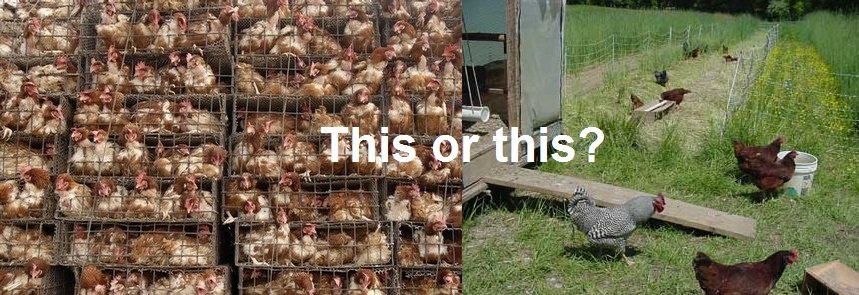
You want to make sure you are buying eggs from an ethical source, right? But what is the difference between pasture-raised, free-range, and cage-free?
CAGE-FREE
This means the chickens live in a large shelter without outside access. Each hen gets 1.5 feet of space. They can move and cluck around with the other ladies. Not the best, but better than in a cage.FREE-RANGE
They are still housed in large shelters, but they each get 2 feet of space and outdoor access. They can peck around for extra grub (literally!) and see the sky. Happier hens!PASTURE-RAISED
These lucky ladies get 108 feet of open space each, plus an indoor nest for roosting! Luxury living, I'll have a martini please! This natural style of living results in the happiest hens. They can forage for extra nutrients and get away from any nasty hen-peckers. Studies have shown that these eggs have extra vitamins and more than twice the omega-3 fatty acids of factory farmed eggs.EGGCITING TIPS
To know if your eggs are still good, place them completely into a bowl or cup of water. If they sink the the bottom they are still fresh, if they stand on their tip then they are still good but will be bad soon. If an egg floats then it is bad. This works because an eggshell is porous and will slowly lose the water stored inside.To make your hard boiled eggs easier to peel, add 1 tablespoon of salt and 1/2 tablespoon of baking soda per cup of water. The salt helps the eggs seal if they crack during the boil and the baking soda makes them easier to peel.
